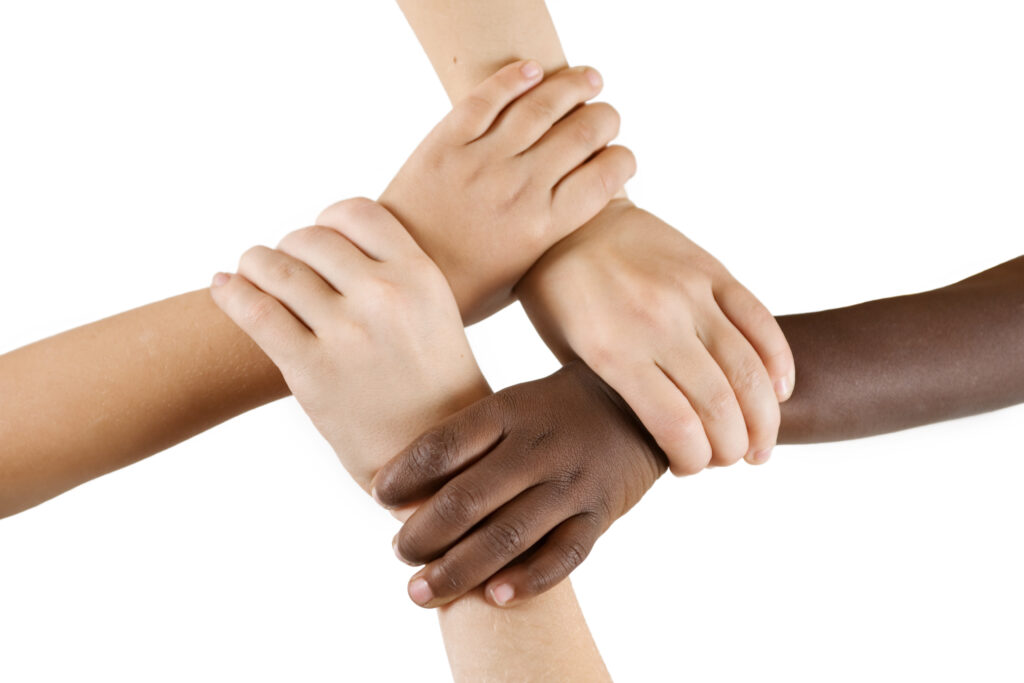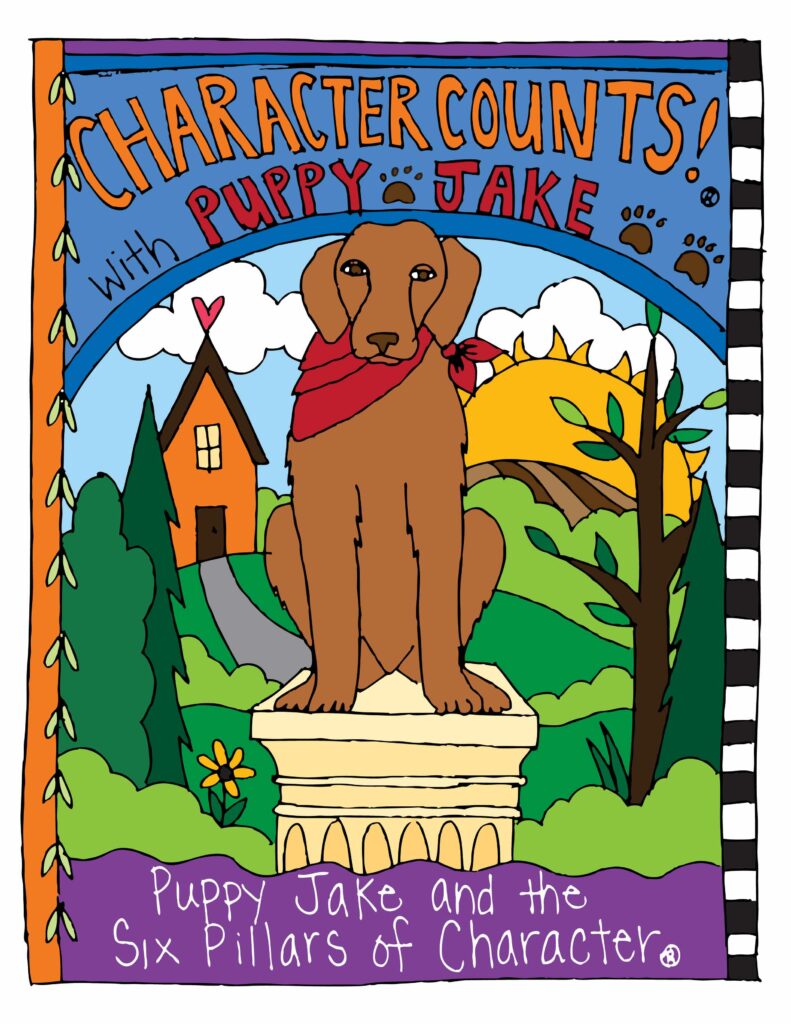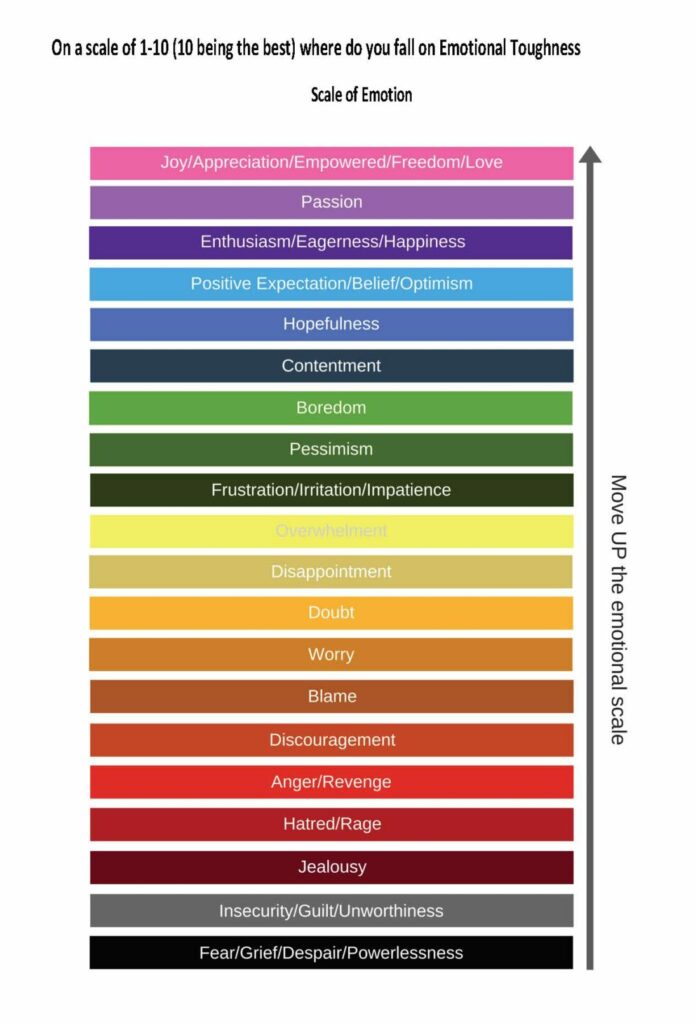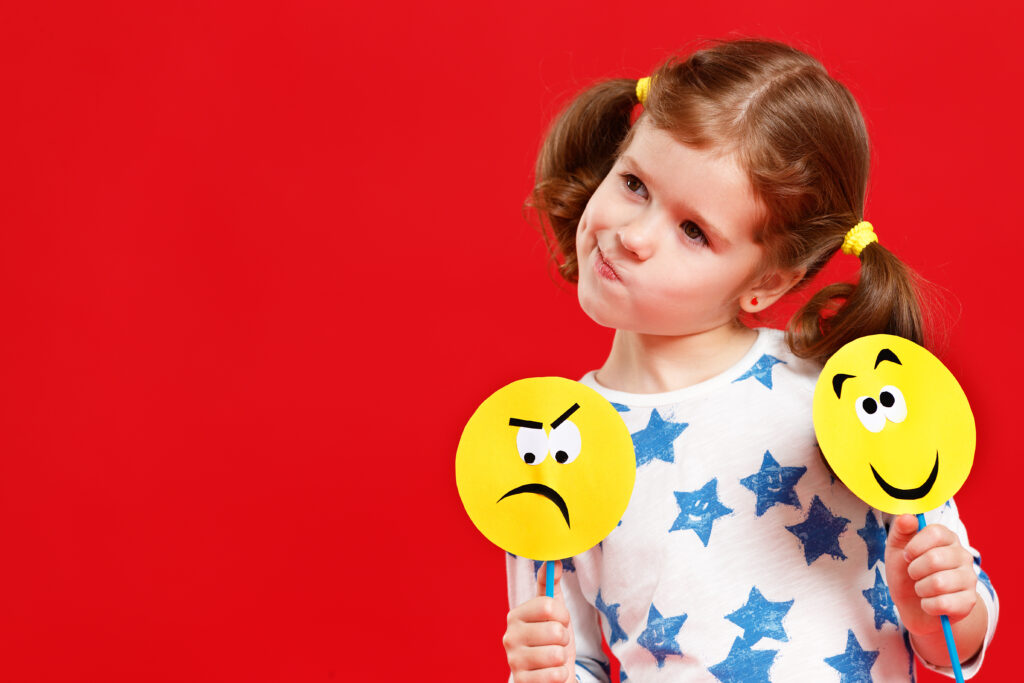Six Pillar Animal Coloring Pages
Download these PDFs and get started coloring!
Download these PDFs and get started coloring!

Overview:
With the holidays approaching, it is a wonderful time to remind students about the wide array of celebrations around the world. Respecting the cultural differences of one another includes becoming informed of the celebrations of others. This lesson is designed for students to learn about the traditions of others and celebrate the similarities and differences.
Character Education Objectives:
Students will:
Materials
Lesson: Large Group
Journal
After learning about different celebrations, encourage students to think about why it is important to learn about different holidays and reflect on how best to respect the celebrations that look different than your own.
Download our CHARACTER COUNTS! with Puppy Jake coloring book.

Special thanks to our friends at the Puppy Jake Foundation and Sticks.

Overview: Students today need more opportunities to build their emotional toughness in a world that is as fast paced and ever changing. Thus, creating conditions that allow them to take responsibility for their behavior, emotions, and responses is important in building resilience for learning and development. This lesson will have students focus on their emotional toughness and highlight the need to be responsible for our responses in emotional situations.
Character Education Objectives:
Students will:
Materials
Lesson Plan
Journal (5 mins)
Small Group or Whole Group Discussion (30 mins)

References
Hurst, K., 2020. Learn How To Move UP The (Vibrational) Emotional Scale. [online] The Law Of Attraction. Available at: <https://www.thelawofattraction.com/law-attraction-learning-move-emotional-scale/> [Accessed 24 March 2020].

Overview: You may often hear students place blame on others for their own emotions. It is difficult for students to understand that not only do they control their own emotions, but they are responsible for their emotions. One of the best ways to be responsible for your emotions is to be aware of how you are feeling and take preventative measures. This lesson is designed for students to think about how they are feeling, and how they move towards more regulated emotions.
Character Education Objectives:
Students will:
Materials
Lesson: (large group)
Journal
Have students write down a few ways they can deescalate when they are in the yellow or green. Ask them to think about the resources they have available at school and home, as these techniques may look different in different settings.